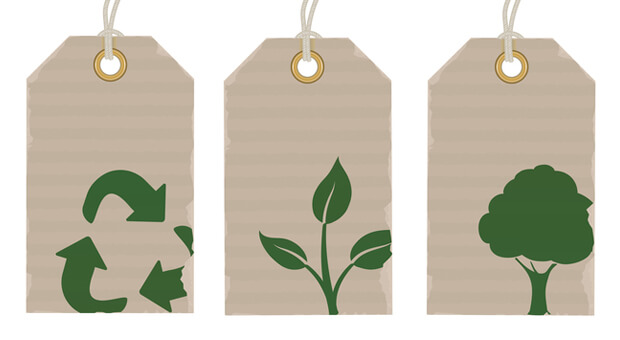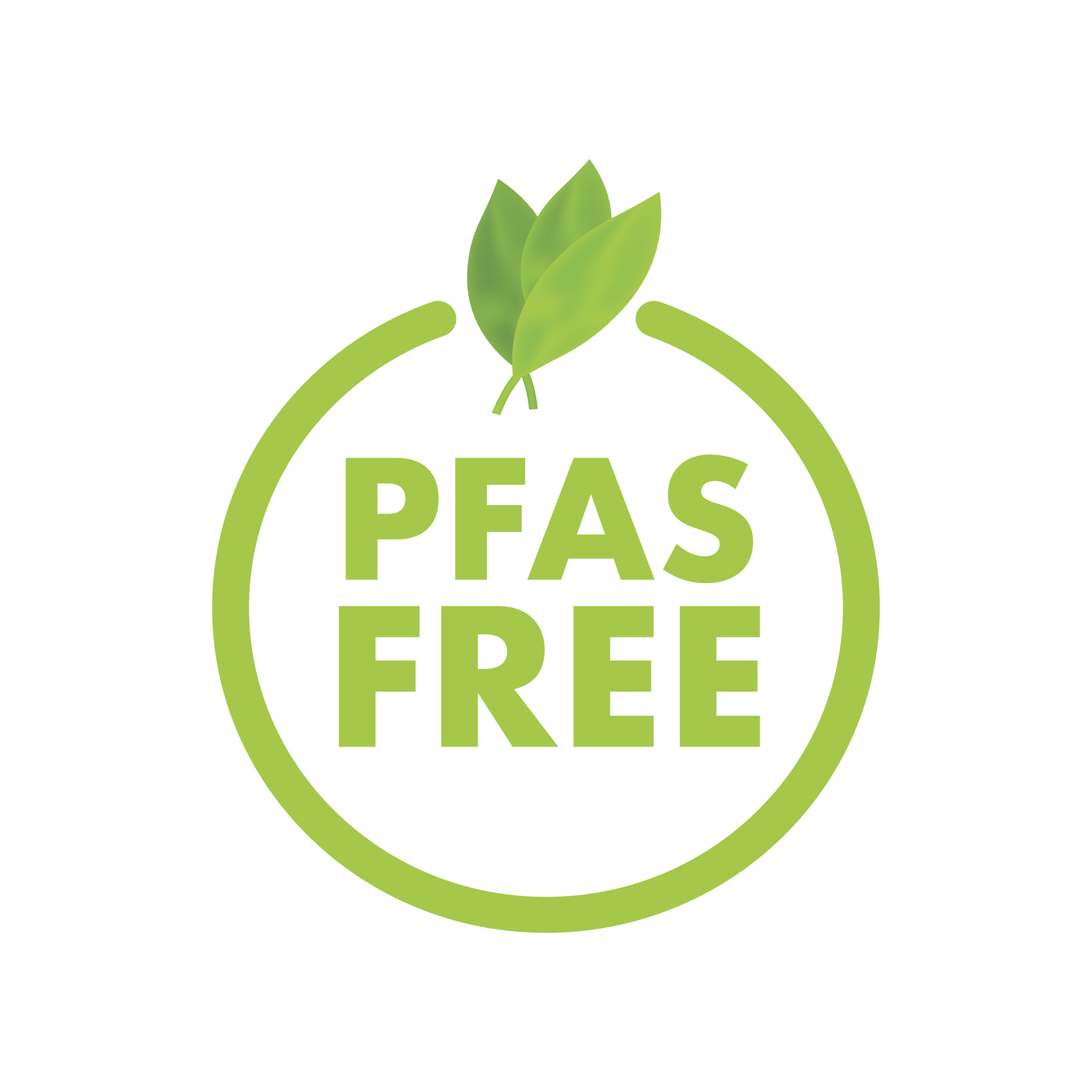


As climate concerns continue to grow, people are making an effort to live more sustainable lifestyles and businesses are taking steps to reduce the negative impact they have on the environment. Sustainable fabric has been a growing trend in the fashion industry for some time, but there are far more widespread applications coming into play now — including transportation, military and medical use.
Sustainable textiles are materials derived from eco-friendly resources like natural fibers, and recycled materials. For many years, the idea of sustainable textiles was basically synonymous with natural fibers. Natural fibers such as cotton, wool, silk, and bamboo are more sustainable than synthetic fibers, which typically include polyester, nylon and acrylic.
But while natural fibers are more sustainable, there are still environmental concerns to consider. Cotton, for example, requires a great deal of water and pesticides to thrive. And, contrary to popular belief, comparing cotton fiber to recycled polyester fiber, the latter would be more sustainable.
Today, we are seeing advances in yarn technology that use recycled plastics for synthetic yarns as well as landfill degrading polymers that disintegrate when discarded.
How are people currently using sustainable fabrics? You’ve probably heard that discarded clothing accounts for the greatest volume of textiles in landfills. This is true — and many people are avoiding “fast fashion” as a result, opting for more sustainable fabrics and thrifted, or rented clothing instead.
But nondurable goods (those meant to last fewer than three years) are another significant source of waste. The EPA estimated that 1.5 million tons of towels, sheets, and pillowcases were generated in 2017.
Where is the greatest need for sustainable textiles today? It’s become increasingly evident that the push for sustainability needs to shift away from individual consumers. Industries such as the medical field, hospitality, transportation, and the military can greatly benefit from using sustainable textiles and functional fabrics – fabrics that perform with additional functionality beyond that found in conventional textiles
Aside from natural fibers like cotton and wool, what are sustainable textiles typically made from? Current sustainability trends include:
At Apex Mills, we believe in changing the future of the textile industry. All our fabrics are made in the United States and designed with customers to ensure that it meets the end goal of their product. Our application-driven design reduces waste and increases the utility of products while meeting each of the customer’s specifications.
Any of our fabrics can be made with recycled yarn — such as the Apex Mills EcoRich Family of Fabrics — or the newer biobased or environmentally degradable yarn.
Apex Mills not only looks at sustainability in the fabrics we construct, but also in the way we do business. As an ISO 9001:2015 certified company, we are evaluated for our commitment to continuous improvement. That includes our processes to minimize waste and reduce our carbon footprint by streamlining our delivery systems.
Contact us today to learn more about the sustainable textiles we can provide for your business. Start with our questionnaire for custom solutions and one of our textile specialists will reach out with recommendations.




Reach your most challenging
textile goals with confidence.